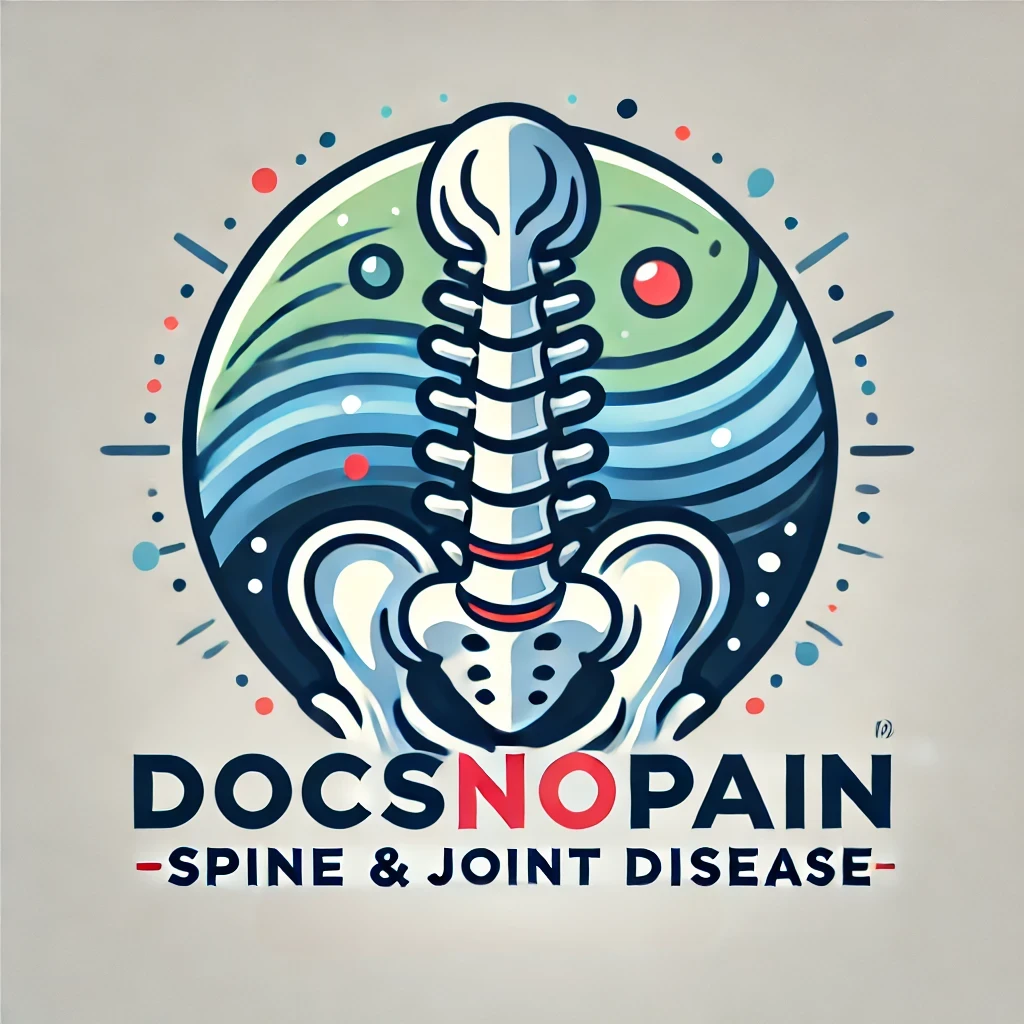
Cervical & Lumbar Fusion
During a spinal fusion, two or more vertebral bones are joined together in order to re-stabilize the spine, creating a solid mass of bone. The goal of a spinal fusion is to eliminate flexibility or motion at a painful vertebral segment of the spine. When there’s no mobility, there are no conditions that can cause pain at that joint. Depending on the root cause of the pain, the fusion will be made in either the cervical (upper) or lumbar (lower) region of the spine.
Frequently Asked Questions
To create the fusion, your surgeon uses a bone graft. This graft can be taken from your own hip bone, or it may come from a donor. Your surgeon will remove some bone from the surface of the affected vertebrae to create a bed where this graft can grow. To continue stabilizing the spine, your surgeon will implant hardware to lock the vertebrae together, which may include screws, rods, plates, or other devices. In addition to the fusion, depending on your condition, your surgeon may also relieve pressure on the spinal nerves by removing part of the lamina from one or more vertebrae or removing any bone spurs that are pressing on the nerves.
Following a spinal fusion, you may be put in a brace to support the spine while the new fusion heals. Over the next few weeks, new bone will grow and attach securely to the spine, creating a permanent fusion.
While spinal fusion is not always the first treatment we recommend at the Interventional Spine and Surgery Group, it can permanently resolve causes of back pain that haven’t responded to conservative treatment. A spinal fusion can relieve the symptoms of a variety of spine conditions, including scoliosis, kyphosis, and a herniated disc, among other injuries and diseases.

